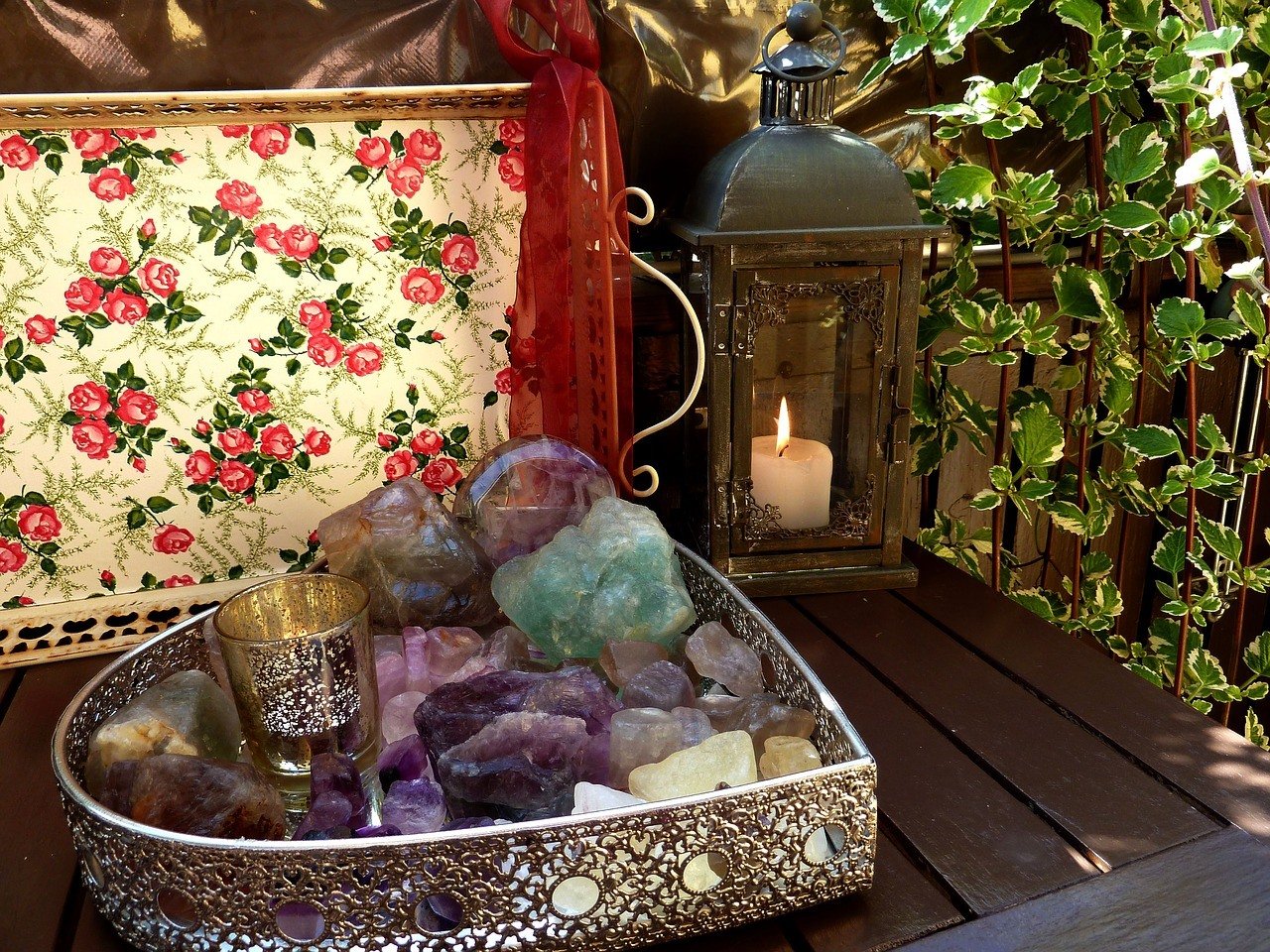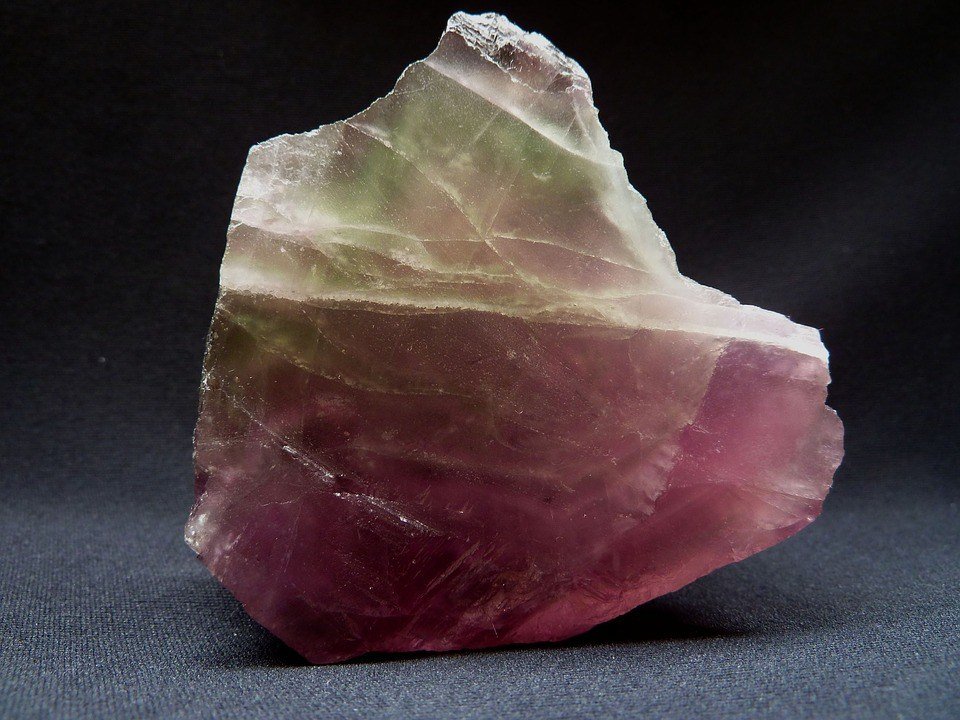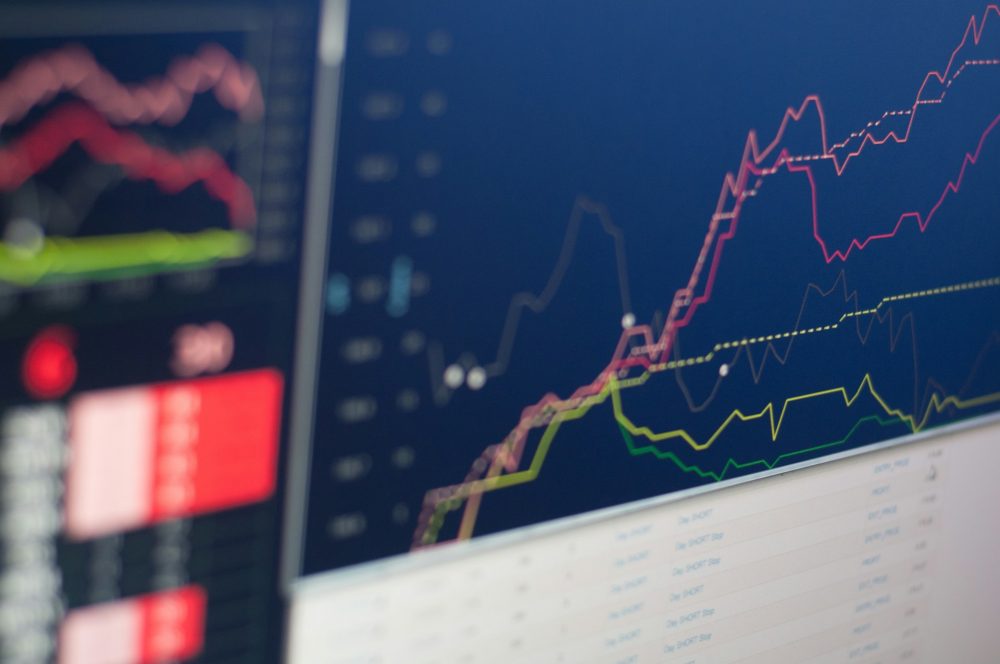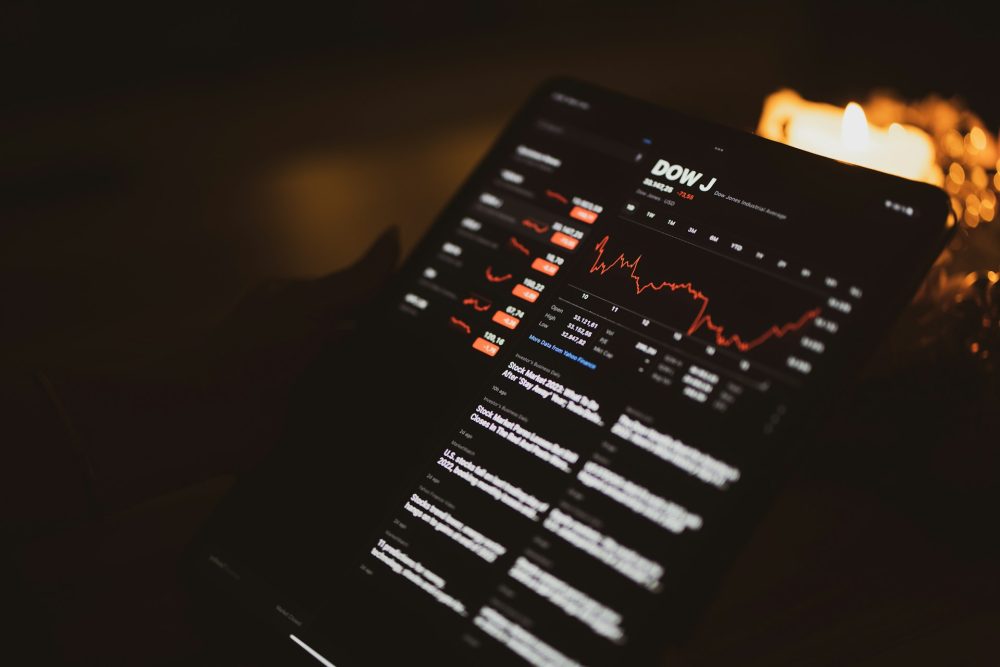Business
Global feldspar production to grow 4 percent annually through 2017
The increasing demand from glass and ceramics industry will drive the worldwide demand for feldspar this year.

Research study provider Merchant Research & Consulting reported last year that global feldspar production will grow by 4 percent annually from 2014 to 2017.
In 2014, the global production and sales of feldspar improved slightly from those of 2013. This is due to the massive production decline in Europe which was mitigated by the sudden production increase in Asia, specifically in China, South Korea, India, and Thailand. Meanwhile this year, the global market for feldspar is expected to reach a total of 12.8 million metric tons due to the increasing demand from glass and ceramics industry.
Feldspar is considered as the most common group of minerals present in the earth’s crust, which is about 60 percent of terrestrial rocks. Feldspar minerals are mainly used in industrial applications for its alumina and alkali content. They play a significant role in the global commercial market as they are used in fluxing agents in ceramics and glass applications, and fillers in the paints and coats industry, as well as in rubber, plastic and adhesive industries.
Global feldspar production started to recover from its 2009 losses when demand skyrocketed after the global financial crisis. In 2011, global feldspar production stood at nearly 20.7 million tonnes but immediately declined by more than 10 percent in 2011.
The gradual improvements in various industries such as potash fertilizers, glass and ceramics, and paints and coats stimulated a massive demand for the mineral worldwide. The demand came from various companies in Eastern Europe, South America, and in emerging global economic superpowers India and China.
In 2014, the growth pace of the world feldspar had begun to improve, which encouraged economists to predict a 4 percent per annum increase in the next five years.
Experts believe that the global feldspar production will surpass the 22 million-ton mark in 2017.
The increasing demand for feldspar will be supported by the growing number of producers across the globe. Rutile producers will also intensify the demand segment, as rutile ore residues (tailings) can produce high-grade sodium feldspar concentrate through special processing.
Expected to enter the feldspar market in 2017 is Santiago, Chile-based White Mountain Titanium Corporation (OTCQB:WMTM). Its flagship project, the Cerro Blanco Property, is capable of producing high-grade titanium dioxide concentrate for use in paints, pigments, and as a feedstock for titanium metal producers. The company will also produce feldspar as a co-product to cater to the expanding global glass and ceramics market.

Pink fluorite. (Source)
Along with rutile producers from South America and Africa, feldspar-focused producers from China, Indonesia, and China will soon become major contributors to the growing global demand.
Moreover, analysts say that the feldspar market will continuously expand to the Asia-Pacific region where the construction industry is currently flourishing.
—
This article may include forward-looking statements. These forward-looking statements generally are identified by the words “believe,” “project,” “estimate,” “become,” “plan,” “will,” and similar expressions. These forward-looking statements involve known and unknown risks as well as uncertainties, including those discussed in the following cautionary statements and elsewhere in this article and on this site. Although the Company may believe that its expectations are based on reasonable assumptions, the actual results that the Company may achieve may differ materially from any forward-looking statements, which reflect the opinions of the management of the Company only as of the date hereof. Additionally, please make sure to read these important disclosures.

-

 Markets2 weeks ago
Markets2 weeks agoThe Big Beautiful Bill: Market Highs Mask Debt and Divergence
-

 Africa2 days ago
Africa2 days agoORA Technologies Secures $7.5M from Local Investors, Boosting Morocco’s Tech Independence
-

 Markets1 week ago
Markets1 week agoA Chaotic, But Good Stock Market Halfway Through 2025
-

 Business4 days ago
Business4 days agoThe Dow Jones Teeters Near All-Time High as Market Risks Mount

























